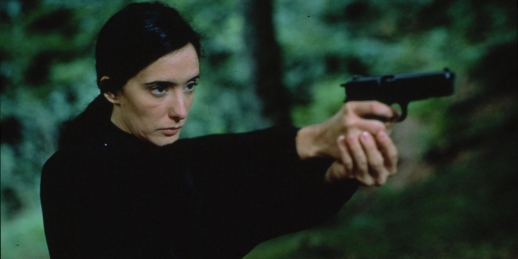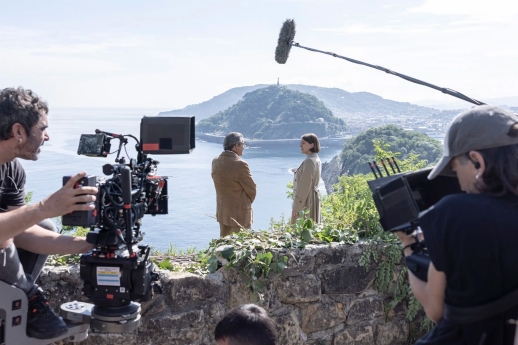Over the years, Basque literature and cinema have intertwined to bring us unforgettable works. Although the exact origin of the collaboration between the two disciplines is unclear, many trace it back to the 1980s.
Illustrated words: stories that have leapt to the big screen
21 Dec 2024At that time, coinciding with the creation of Euskal Telebista (Basque public television), three feature films and other pieces derived from literature were featured on the small screen: ‘Hamaseigarrenean, aidanez’ (1985) and ‘Kareletik’ (1987) by writer Anjel Lertxundi, and a medium-length film made by Xabier Elorriaga in 1985 based on Arantxa Urretabizkaia’s 1979 novel ‘Zergatik panpox?’.
Since then, Basque literary tales have been increasingly adapted into film. It is not an exaggeration to say that many of them have become part of our folklore, as they have left a lasting impression on our imagination.
The following recommendation will come as no surprise. Those who love the farmhouse and rural setting will appreciate these two gems: ‘Obaba’, directed by Montxo Armendáriz based on the Bernardo Atxaga novel ‘Obabakoak’; and Joxean Sagastizabal´s classic laugh-out-loud ‘Kutsidazu bidea, Ixabel’, which reached our screens thanks to Fernando Bernués and Mireia Gabilondo. Unai Elorriaga´s acclaimed book ‘SPrako tranbia’ spins together the morass of life, adapted for the big screen by Aitzol Aramaio under the title ‘Un poco de chocolate’. As for city life, two films were produced: ‘110. Streeteko geltokia’, based on a book by Iñaki Zabaleta, and ‘100 metro’ by Ramón Saizarbitoria.
Since then, we have seen a growing number of literary works adapted to the screen. The rise of interdisciplinarity has also enriched the creative ecosystem. For example, there has been a rise in translations of Basque literature into Spanish and French, sparking the interest of non-Basque-speaking filmmakers, as well as screenwriters and critics. The list of works resulting from the dialogue between literature and film has expanded significantly over the years. However, we will focus here on four recent productions:
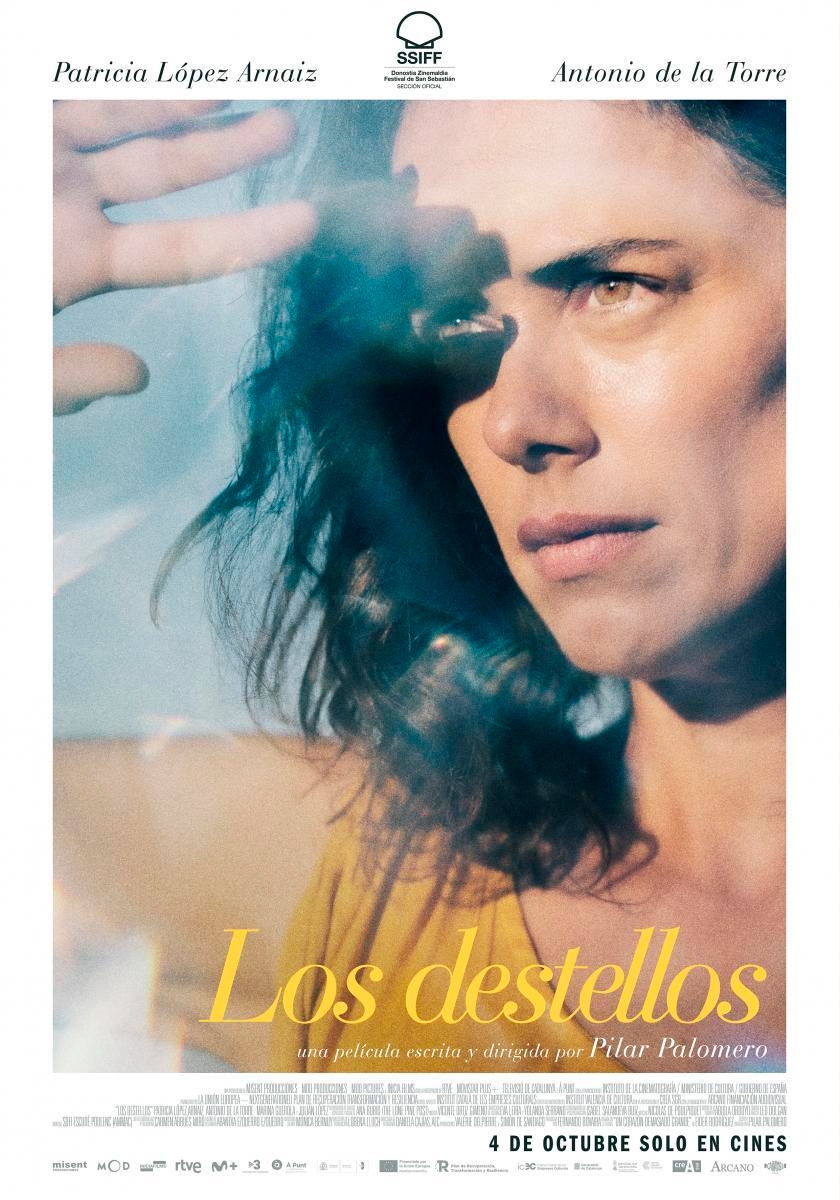
The first comes from author Eider Rodríguez and filmmaker Pilar Palomero. In 2017, Eider Rodríguez published a book of short stories titled ‘Bihotz Handiegia’, and Pilar Palomero adapted the title story to make a full-length film. As she mentioned in several interviews, Palomero wanted to explore the beauty that can emerge from grief. Rodríguez´s story conveys the simple, raw essence of everyday life to the reader. Madalen asks her mother Isabel to visit Ramón, her mother’s former husband, from time to time. After living fifteen years apart, Ramón is a stranger to Isabel. As they spend time together during Ramón´s most vulnerable period, Isabel begins to reminisce and look back on his life.
Book: Bihotz Handiegia, Susa, 2017
Author: Eider Rodríguez
Film: Los destellos, 2024
Director: Pilar Palomero
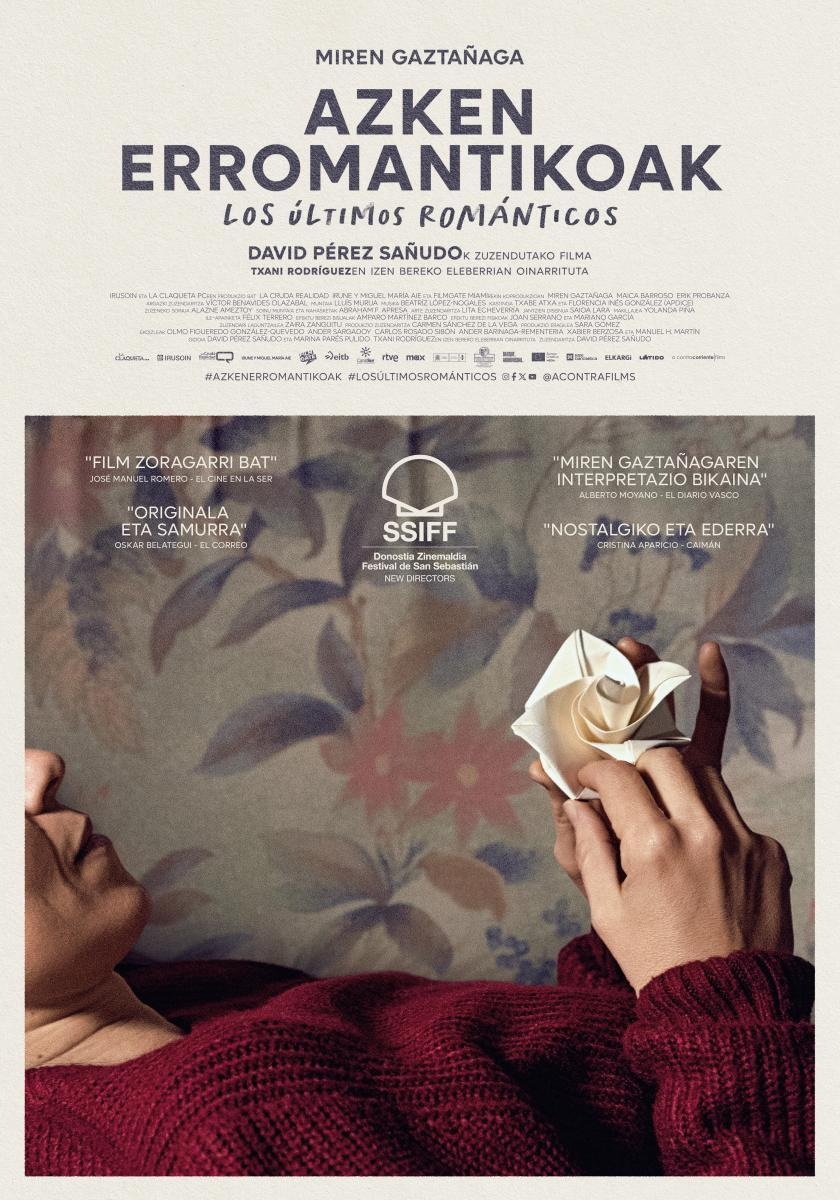
The second comes from a collaboration between Txani Rodríguez and David Pérez Sañudo. Rodríguez published ‘Los últimos románticos’ in 2020, which received the Euskadi Prize for Literature in Spanish. It tells the story of Irune, who tries to find a balance between sensitivity and rigour. Irune comes from an industrial background, has a tendency toward hypochondria, and although a loner, Irune is motivated by the values of community. The vulnerability of the protagonist, who speaks both Basque and Spanish with ease, is what unites the reader and the spectator. Miren Gaztañaga plays Irune and her performance genuinely invites us to experience dance a sense of freedom.
Book: Los últimos románticos, Seix Barral, 2020
Author: Txani Rodriguez
Film: Los últimos románticos, 2024
Director: David Pérez Sañudo, 2024

The third piece, written by Katixa Agirre and directed by Mar Coll, is deeply moving. Supported by the Augustín Zubikarai literature grant, Agirre offers us an interwoven journalistic look at the story of a mother who kills her newborn twins. Katixa Agirre´s work was introduced to screenwriters Mar Coll and Valentina Viso through a mutual friend. Resonating with the vision presented in the book, they chose to move forward with the project. Shot in Catalan, ‘Salve María’ tells the story of María, a new mother who becomes obsessed with the case of another mother in France who drowned her twins.
Book: Amek ez dute, Elkar, 2018
Author: Katixa Agirre
Film: Salve María, 2024
Director: Mar Coll
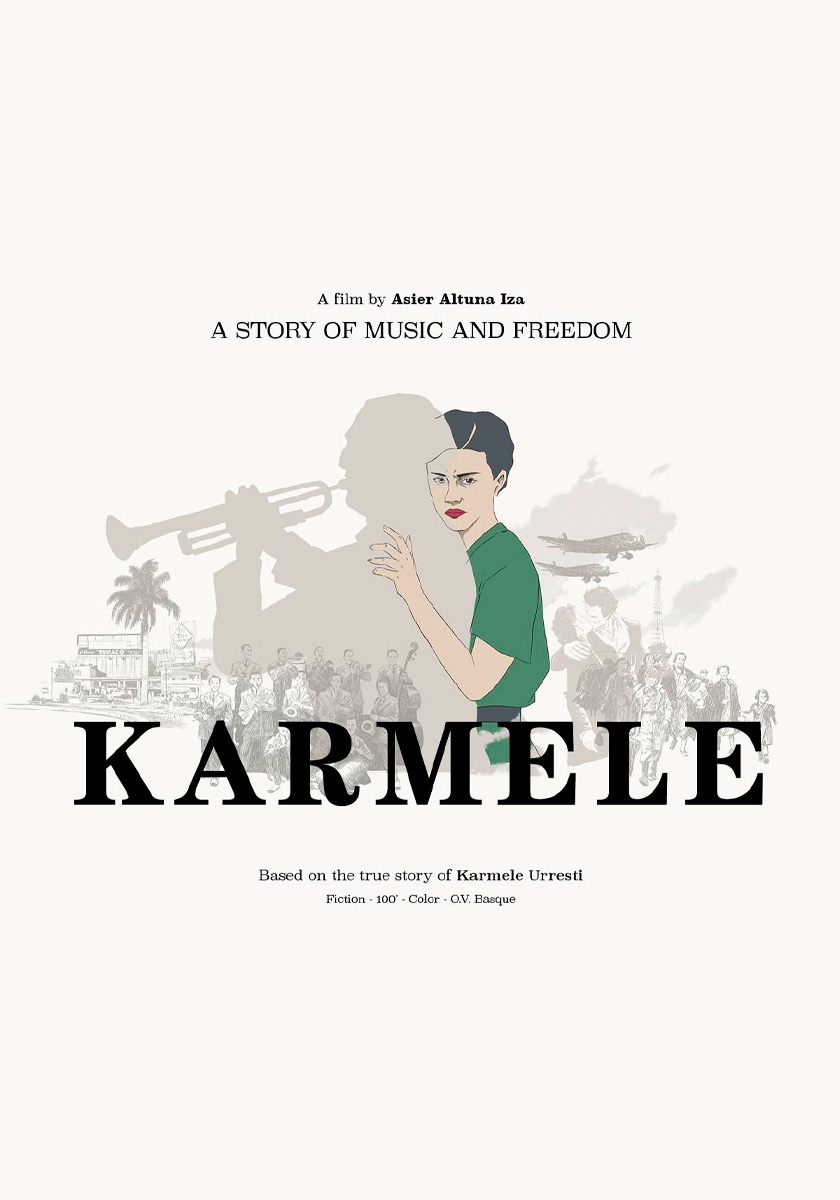
The fourth project is slated for release soon, in 2025. Asier Altuna has adapted Kirmen Uribe’s novel ‘Elkarrekin esnatzeko ordua’ into the film ‘Karmele’, starring Eneko Sagardoy and Jone Laspiur in the roles of Txomin Letamendia and Karmele Urresti. Karmele, a Basque nurse exiled in France, is the central character in a story that explores the conflict between family and ideology. In her exile she meets the virtuoso trumpet player Txomin. Together their journey of love and ideology takes them to Paris, Caracas and Euskal Herria. The film features a soundtrack composed by Aitor Etxeberria.
Book: La hora de despertarnos juntos, Seix Barral, 2016
Author: Kirmen Uribe
Film: Karmele, 2025
Director: Asier Altuna

Focusing almost more on sound than film, here’s one more recommendation for the roster: ‘Itoiz Summer Sessions/Itoiz Udako Sesioak’. This work is based on words – not the words used to create a book, but those written to make a record. It is also different in genre, as it is a documentary rather than a film. However, anyone hungry for the screen will be glad that ‘Itoiz Summer Sessions/Itoiz Udako Sesioak’ is also on the list. The documentary directed by Larraitz Zuazo, Zuri Goikoetxea and Ainhoa Andraka begins with a discovery made by the musician Juan Carlos Pérez: unseen tapes of the group Itoiz. This discovery enables us to reflect on the dissolution of the legendary group and reveals what we have not been able to see or hear until now.

